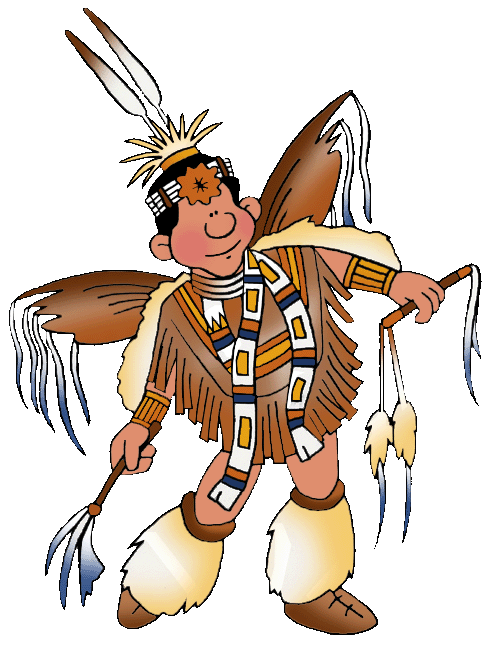Plains Indians
The Plains Native Americans of the early 15th century were mainly settled farmers and hunters, around 1100 CE.
They lived in the area that is between the Rocky Mountains and the Mississippi River and from the Gulf of Mexico into Canada.

The various groups had different yet some shared behaviors and lifestyles and their excellence at farming and hunting gave them good health.
Flatland Areas
From a geographic standpoint, the Plains Indians spread out across flatland areas covering modern day state of Montana, North and South Dakota, Wyoming, Minnesota, Colorado, Kansas, Nebraska, New Mexico, Oklahoma, and Texas.
The major tribes of the areas include the Cheyennes, Wichitas, Pawnees, Omahas, and Mandans.
The climate
The climate of the areas where they lived were great for farming near the rivers and lakes, where they grew crops such as beans and squash. It was here that they began to perfect growing corn.
The farmers used a growing method called “the three sisters” that gave them the most fruitful harvests.
This involves crop rotations between beans, squash, and corn. In their cultures, the women were the main farmers while the men were the hunters.
Hunting
Hunting was very successful due to the abundance of both small and large game. During periods of drought, hunting became the main way to get food for their villages.
The Plains Indians were hunting large animals as far back as 12,000 BCE, using large spears with Clovis points that they carved out of stone.
When Europeans landed in North America they began to expand and spread out over the Plains Indians living areas. Although they did introduce horses, which Native Americans adopted for travel, they also brought bad things such as disease and guns.
The Native Americans living in the Plains areas hunted animals such as buffalo, bison, and in the earliest years they hunted mammoths.
Facts about The Plains Native Americans
- The Plains tribes are considered to be very organized and while mobile, they weren’t thought to be nomadic.
- Some of the earliest Plains tribes established social networks that had earth lodges for their bases.
- Those that had higher percentages of farming constructed grass homes that were close to their crops.
- Many of the tribes built what is known as the tee-pee for those that traveled. These were cone-shaped with bison skin stretched over wood that could be torn down and easily carried to their new locations.
- The eastern Plains Indians established networks for trade that extended up and down the Mississippi River. The success of the trade was due to the construction of boats with wooden frames that had bison skin stretched over it.
- The items that these tribes traded included sophisticated baskets and leather for the Northeast furs and metals.
- Plains Indian tribes are also most well-known for their feathered war bonnets which were very elaborate.
- Those groups that did both hunting and farming were divided into “band” levels from twelve to a few hundred that lived, hunted and travelled together. When bands united they were create a village that was usually fairly lax and had little to no political structure.
- The Plains Indians had lots of different religious practices; with each tribe, band or village creating their own rituals. Many of the rituals involved nature, the sun, and respecting the Earth as the mother of all spirits.
- Plains Indians regarded the buffalo and their migration as sacred.
What did you learn?
What item of wear were the Plains Indians noted for?
Elaborate feathered bonnets
What three crops are involved in “the three sisters” planting philosophy?
Beans, squash, and corn>
What crop are the Plains Indians noted for developing?
Corn
What were the Plains Indians boats made of?
Wood with Bison skin stretched over it
What major river did the Plains Indians use for their trade network?
Mississippi
What benefit does the tee-pee have?
Easily broken down for travel



